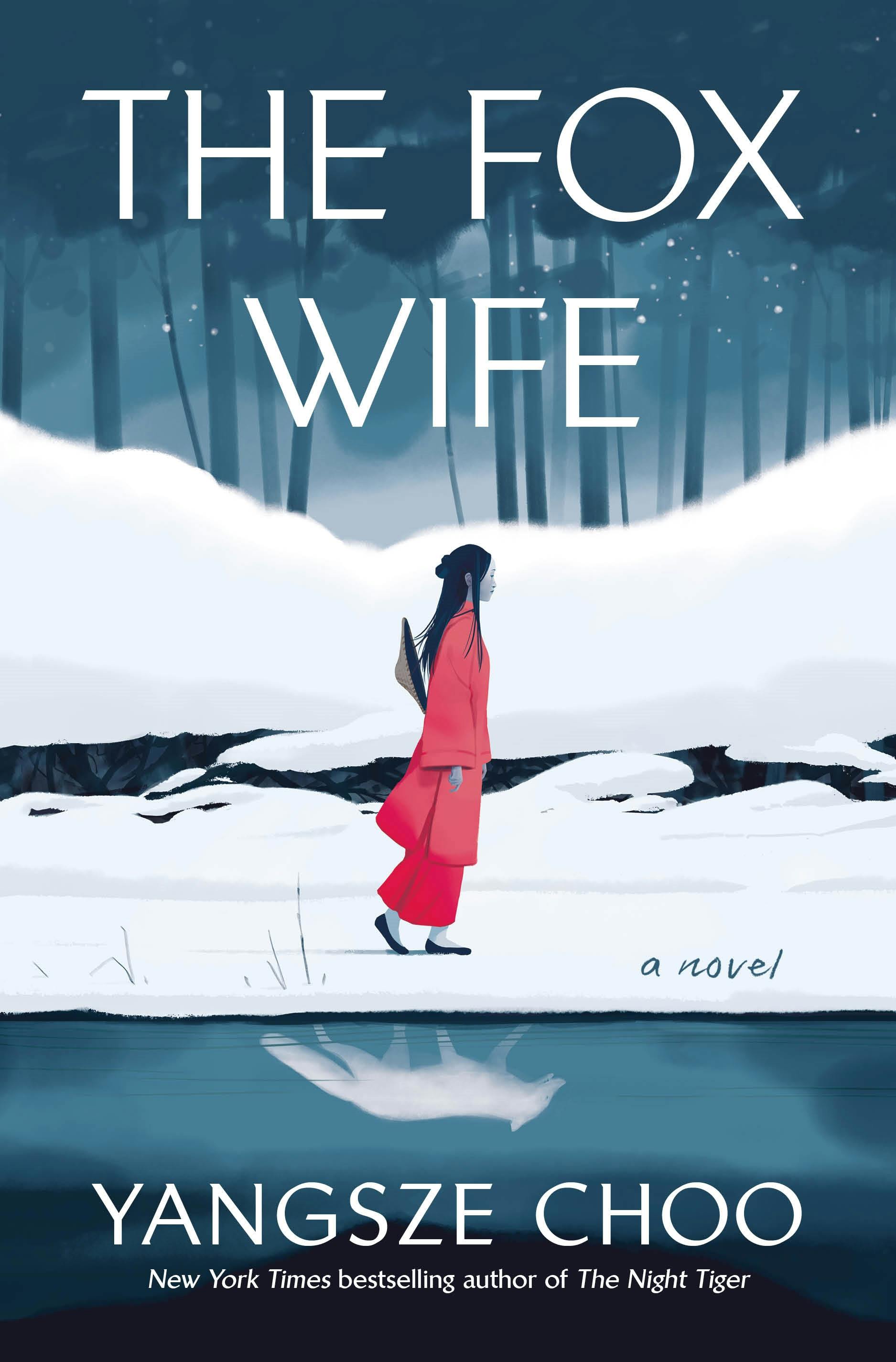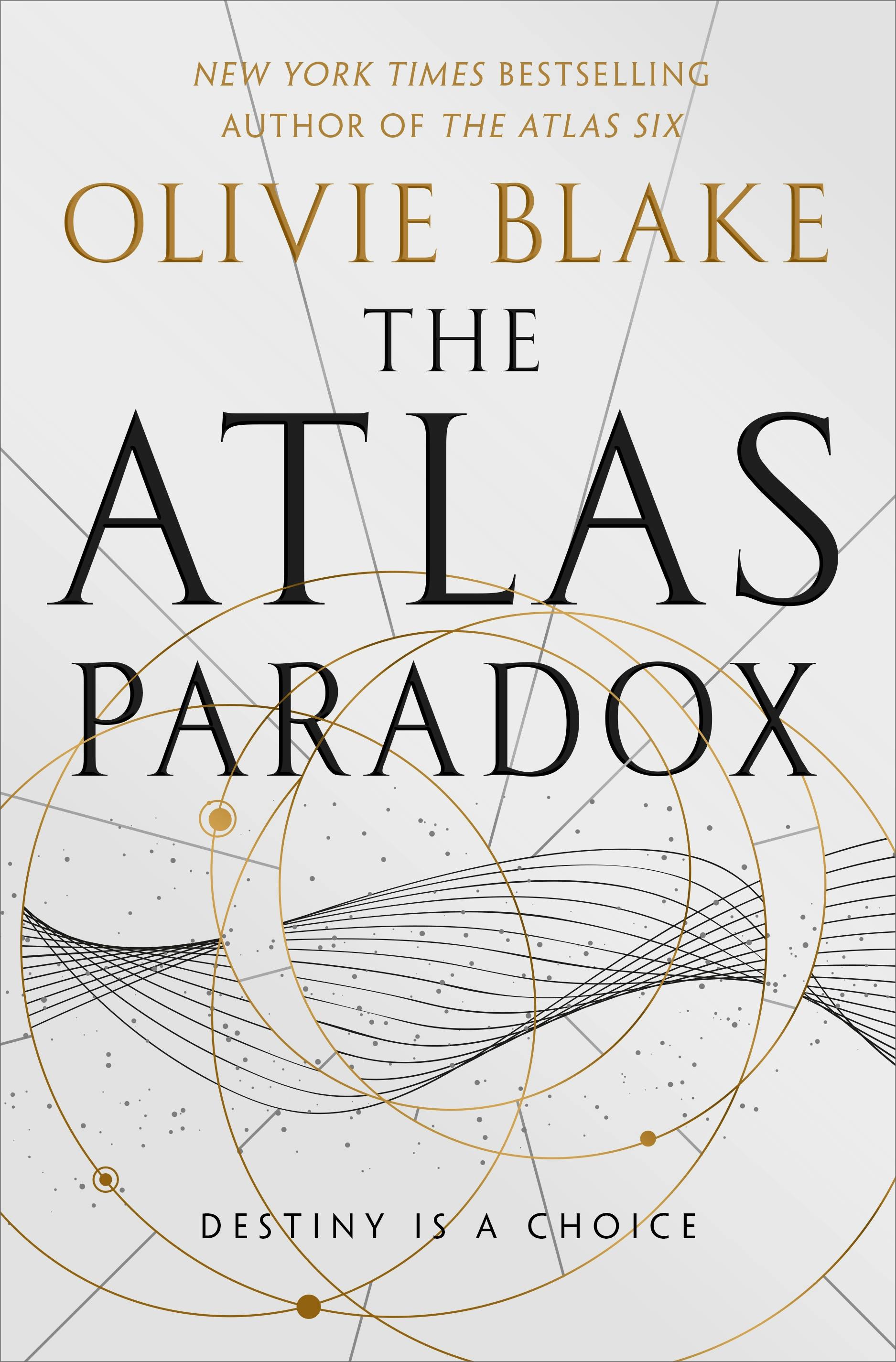
Written by Stephen Hong Sohn
Edited by Lizzy Sobiesk
The prolific and supremely talented Brandon Shimoda returns with The Afterlife is Letting Go (City Lights, 2024), which follows in the tradition of Shimoda’s previous creative nonfictional work The Grave on the Wall (in between those works Shimoda also published a poetry collection, Hydra Medusa; may we all be so productive LOL). Afterlife is ultimately structured through a kind of autoethnographic/autogeographical conceit involving Shimoda’s travels to various Japanese American incarceration sites and memorials. Let’s let the marketing description give us some more grounding information: “In a series of reflective, multi-layered, sometimes multi-voiced essays, poet Brandon Shimoda explores the ‘afterlife’ of the U.S. government’s forced removal and mass incarceration of Japanese immigrants and Japanese Americans during WWII, excavating the ways these events continue to resonate today. What emerges is a panoramic, yet intimate portrait of intergenerational trauma and healing. Informed by personal/familial history, years of research and travel, including visits to museums, memorials and the ruins of incarceration sites, these essays take us on both a physical and a metaphysical journey. What becomes increasingly clear are the infinite connections between the treatment of Japanese Americans and other forms of oppression, criminalization, dispossession, and state violence enacted by the United States, past, present, and ongoing.”
The official page over at City Lights includes a blurb by Christina Sharpe, author of In the Wake, which I thought was incredibly appropriate given the fact that both texts obviously show some commonalities. This book almost reads like popular cultural criticism, if we can call it that, and something in the vein of Elaine Castillo’s How to Read Now. At the same time, there are these anthropological and ethnographic elements to it, as Shimoda surveys, tours, and experiences various incarceration sites and memorials. Shimoda’s work is always expansive. The Japanese American incarceration is always enmeshed in a larger ecosystem of indigenous dispossession, the Holocaust, and the Chinese Exclusion Acts. In this sense, Shimoda is reminding us that the history of Japanese Americans exists in concert with and asymmetrically alongside different forms of racism, prejudice and violence. The other element that I think stands as a kind of informal “thesis” to this project is the way that Shimoda advances American erasure as the mode of a kind of national identity form. We are American because we cover over, we erase, and then we forget. It’s not simply the forgetting of a single event, but the contexts that link them to others, as well as the ways in which people want even to re-write their own relationship to marginalization, exclusion, and racism. Shimoda’s aesthetic countermemorializations then exist as representational correctives, however partial in their illuminations. I always say “partial,” knowing full well that limits of recovery efforts in any form, but the point is to try. Shimoda’s work reminds me much of Don Mee Choi’s current trilogy on contemporary South Korea (see: Hardly War, DMZ Colony, and Mirror Nation; not surprisingly Choi also blurbed Shimoda’s work) as well as more auto-theoretical work that I’ve seen being produced lately (Anne Anlin Cheng recently dived into this form with Ordinary Disasters), and I absolutely love this meshing of theory, criticism, autobiography, ethnography, cultural geography, etc. The richness of these various modes of writing come together in a dazzling display of beautiful writing and accessible erudition.
Buy the Book Here


















